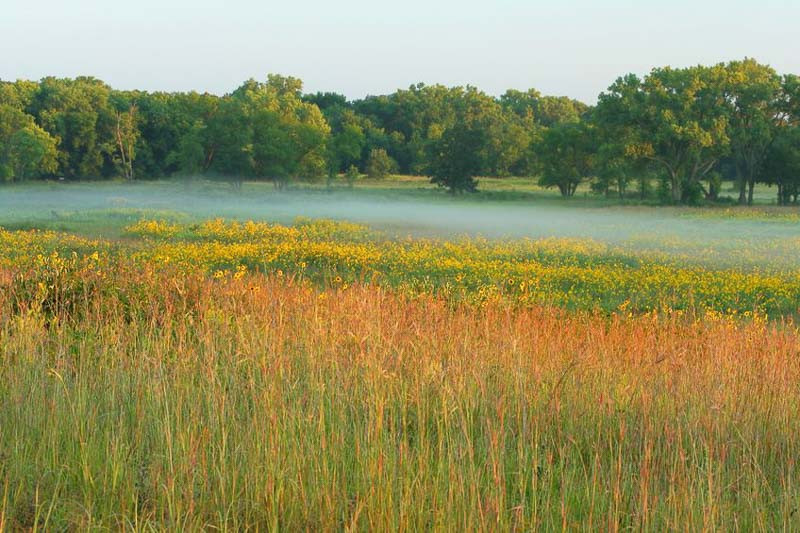Nebraska Native Plants
Nebraska’s native plants are perfectly suited for the state’s diverse climate zones. Ranging from the tallgrass prairies of the east to the high plains in the west, the landscape has shaped a remarkable selection of resilient plants.
Among the native trees, the Cottonwood (Populus deltoides) is Nebraska’s state tree, tolerating flooding and drought. Its towering stature provides a habitat for many birds and mammals. For smaller options, consider the Redbud (Cercis canadensis) with its stunning springtime blossoms.
Perennial wildflowers add color and attract pollinators. Prairie Phlox (Phlox pilosa) produces fragrant clusters of pink blossoms, and Leadplant (Amorpha canescens) adds striking spikes of violet-blue flowers.
Grasses form the backbone of Nebraska’s native landscapes. Little Bluestem (Schizachyrium scoparium) and Indian Grass (Sorghastrum nutans) are iconic, standing tall and offering year-round interest with changing color seasons.
When cultivating native plants, remember they flourish in their natural habitat conditions. Group plants with similar water, sunlight, and soil preferences together. Doing so emulates nature’s design, promotes healthier growth, and conserves water resources.
Choosing native plants for your Nebraska garden supports local ecosystems, requires less maintenance, and rewards you with a landscape that’s both beautiful and sustainable.

